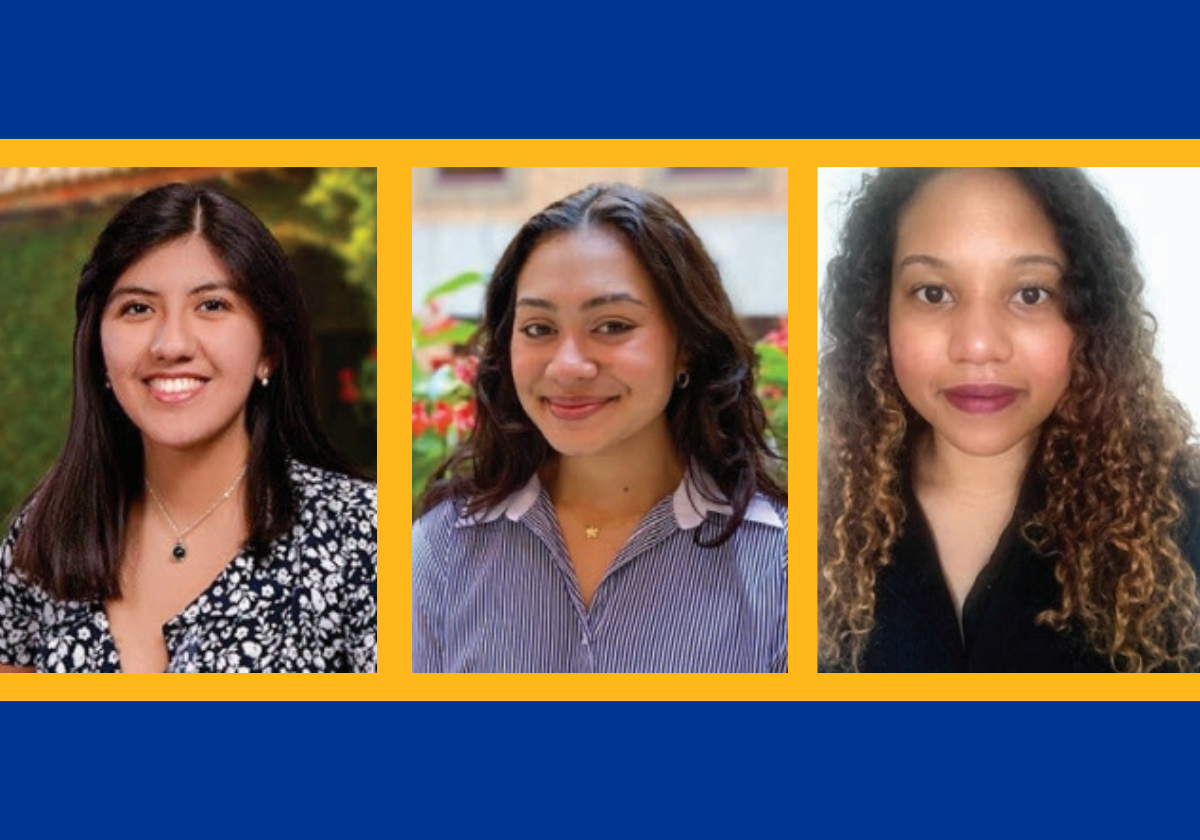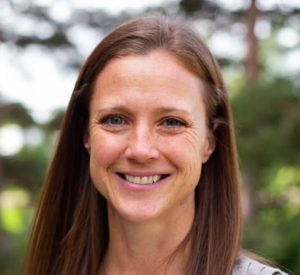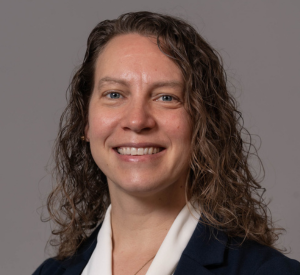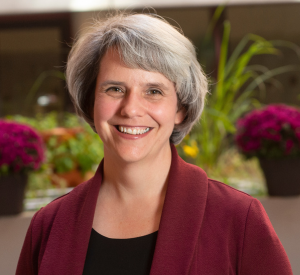In keeping with its mission to remain a global leader in scientific discovery and innovation, the National Institutes of Health (NIH) recently awarded several diversity supplements to SHRS researchers. The supplements will support highly talented high school, undergraduate and graduate students from diverse backgrounds as they gain experience under the mentorship of SHRS faculty.
The goal is to identify and cultivate the next generation of rehabilitation researchers.

Karen Linares Mendoza, for example, is Hispanic and a newly enrolled undergraduate at Johns Hopkins University. Her unique interest in communication and speech drove her to volunteer in the lab of Bharath Chandrasekaran, professor and vice chair of Research, Department of Communication Science and Disorders (CSD), while she was still attending high school at Shady Side Academy in Pittsburgh. Through a National Institute on Deafness and Other Communication Disorders (NIDCD) diversity fellowship, she participated in an intensive summer internship in Chandrasekaran’s lab, where she spearheaded an electroencephalography (EEG) experiment examining brain responses to continuous speech.
“Karen’s research complements the goals of my own NIDCD five-year research award,” explains Chandrasekaran. “The focus of the research project is to uncover neural biomarkers of auditory health. Karen’s work focuses on electroencephalography (EEG), a non-invasive marker of brain processing.”
“With this mentorship opportunity, Karen was able to strike a balance between guidance and independent growth to leverage and build on her extensive strengths,” continues Chandrasekaran. “In this unique research environment, she was able to build relationships with experienced scientists and other researchers in the field and set herself up for future research success.”

In May, CSD Assistant Professor Mandy Hampton Wray welcomed Natalia Nuñez to her lab as a summer research intern, also funded by the NIDCD. Her research project aligns with Hampton Wray’s NIDCD five-year research award focused on speech sound processing in children with typical development and with developmental stuttering. Natalia is an undergraduate student at Pitt majoring in Communication Science. She is a bilingual speaker of Spanish and English, which drives her long-term career goals of attending graduate school for speech-language pathology and working as a bilingual speech-language pathologist to provide clinical services to bilingual children with communication disorders.
Students bring rich experiences to the lab and teach us as much as they learn. Having students from diverse backgrounds improves our research by increasing our understanding of the needs of communities, the needs of individuals, and how we can best reach and serve populations that are often underrepresented in research.
Mandy Hampton Wray
“The startling lack of diversity in the rehabilitation science workforce is troublesome,” adds Juleen Rodakowski, associate professor and chair, Department of Occupational Therapy (OT). “We know that the individual experiences and perspectives of scientists influence the scientific questions that they pursue, and that diversity in the scientific workforce is critical to ensuring optimal discovery and dissemination in each body of science.”
Through an NIH diversity supplement, OT graduate student Samara Sibblies has the opportunity to work
under the guidance of Rodakowski in her Prosper in Participation research laboratory.
Sibblies is already interested in pursuing a career in rehabilitation research, so the focus of her projects will coalesce with the training she is receiving in her graduate occupational therapy program. Through her research, she is describing types and modes of daily activities in older adults in the early stages of
cognitive decline and assessing the relationship between the types and modes of these activities and health outcomes.

Sibblies is learning to conceptualize, write and submit a data-based manuscript summarizing the design and results of this project for consideration in a peer-reviewed journal.
“We anticipate that at the end of this career development plan, Ms. Sibblies will have the necessary knowledge and skills to pursue the next phase of scientific training, a research doctorate in gerontology or rehabilitation science,” adds Rodakowski.
NIH diversity supplements provide rich, mentored opportunities for trainees at the high school, undergraduate, graduate and postdoctoral levels to acquire exposure to and focused skills in research. We are hopeful that they will be useful in attracting more diverse scientists to rehabilitation research.
Beth Skidmore, Associate Dean for Research



